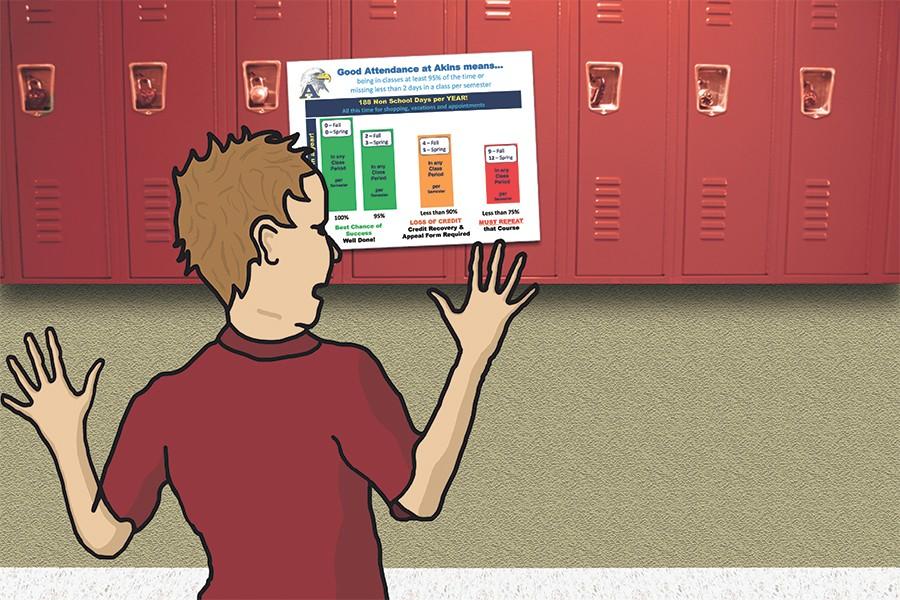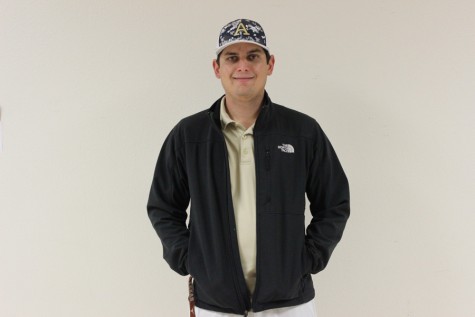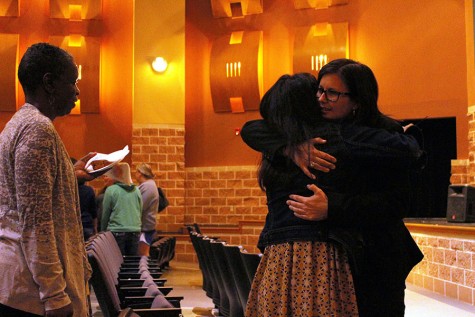New state attendance policy hits students
Students cope with new state policy
October 16, 2015
Confusion about the enforcement of a new attendance policy has flustered and frustrated many students this school year as the administration says it is adapting to a new state law.
The changes are in response to a state law passed in 2013 that changed the minimum attendance required to earn a credit for a high school course in Texas. The new law requires students to attend a class 90 percent of the days the class is offered instead of the minimum 75 percent that was required before.
“The new attendance policy is not an Akins policy and I did not dream up this nasty attendance policy to make lives difficult,” Principal Brandi Hosack said. “It is a district policy and state law so I am going to follow it.”
If students fall below the 90 percent threshold, they must go through an appeal process to regain the academic hours lost. When students receive a “No Credit” designation for a course they have taken, they have to make up hours of seat time to clear the excessive absences.
“We have to make sure that with this policy, attendance is closely monitored, which we didn’t do last year as well as we should have,” Hosack said. “The whole point of this policy is to keep students in school.”
According to this new policy, after four absences in one class period, the student must file an appeal by writing a letter and go in front of an appeal committee to explain why they are missing those classes.
“If a student loses academic hours and goes over the four absences limit, they must make up those academic hours,” Hosack said. “Academic hours can not be given to those who believe babysitting a sibling is community service. Rather, they have to make them up in school setting such as by attending Saturday School.”
The appeal committee consists of the student’s assistant principal, academy coordinator and counselor. The student must be present with a parent or legal guardian for this meeting to be held.
“This policy is to make sure we stop the problem at 90 percent and come up with a solution because 80 percent is way too close to the border (75 percent),” Hosack said.
Hosack said she expects that in most cases the appeal will be accepted and the student will have to make up the hours lost. However, if a student continues to make the same mistake over and over, there would be grounds for a denial, she said.
“We want to help students by coming up with a plan so they can graduate on time with all their credits,” she said.
Students’ illnesses are understandable and are a valid reason for an absence, but Hosack recommends students to spread their days around to where not just one class is specifically missed four times. Students must bring a copy of their doctor’s note to the appeal committee meeting to show physical evidence to build a stronger case in regaining lost hours and get approved.
“All these changes do seem a lot on me as a senior because now I’m terrified to miss school,” senior Crystal Mendieta said. “I drag myself to school even when I don’t feel well because I’m scared of this new policy.”
“These charts are to make you a little nervous to go to class like you should be,” Hosack said.
















